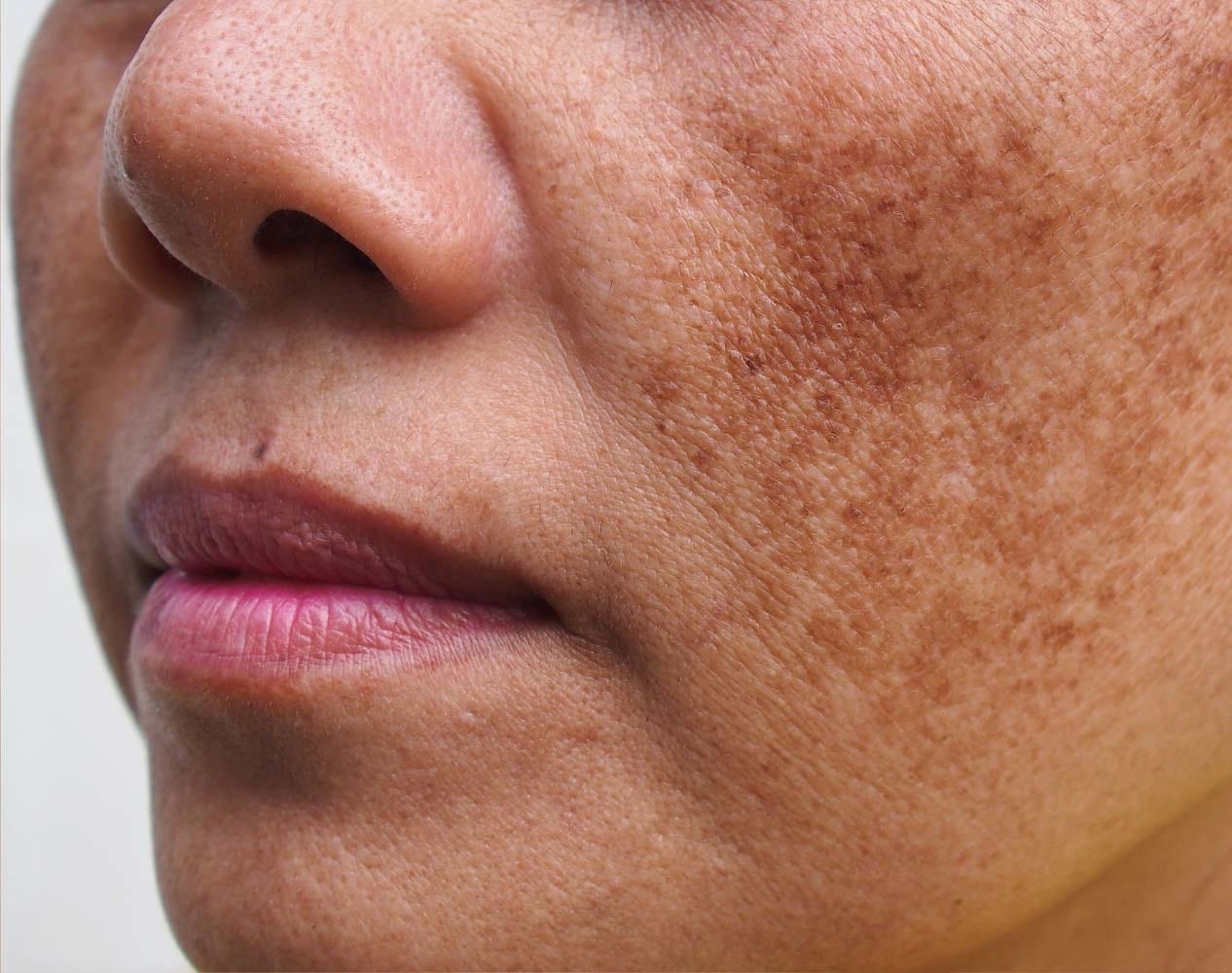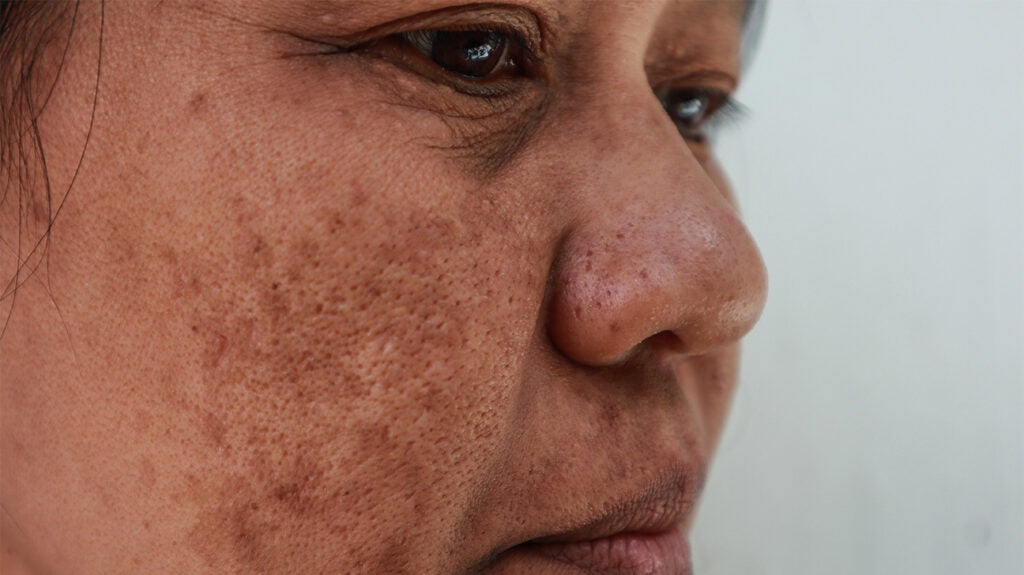Melasma is a common skin condition that causes brown or grayish patches to appear on the face, often on the cheeks, forehead, nose, and chin. The condition primarily affects women, particularly those of Hispanic, Asian, and Middle Eastern descent, and is closely tied to hormonal changes, sun exposure, and genetics. Understanding the science behind melasma and the Melasma Treatment Dubai options available can help individuals manage this condition effectively. This article explores the underlying mechanisms of melasma and highlights the various treatment approaches in Dubai, where advanced skin care options are widely accessible.
Understanding Melasma: Causes and Mechanisms
Melasma occurs when there is an overproduction of melanin, the pigment responsible for skin color. This hyperpigmentation leads to the characteristic dark spots or patches that form on the skin’s surface. The condition is more prominent in areas of the skin that are regularly exposed to the sun, such as the face. However, other factors can contribute to its development.
Hormonal Influences on Melasma
Hormones play a central role in the onset of melasma. During periods of hormonal fluctuation, such as pregnancy, the use of oral contraceptives, or hormone replacement therapy, women may develop melasma. This is why the condition is often referred to as the “mask of pregnancy” when it appears during gestation. The interplay between estrogen and progesterone is believed to trigger melanocytes (the cells that produce melanin) to become more active, leading to darker skin pigmentation.
Sun Exposure and UV Radiation
Ultraviolet (UV) radiation is a significant environmental factor that exacerbates melasma. UV exposure stimulates melanocytes to produce more melanin in an attempt to protect the skin from harmful radiation. In individuals predisposed to melasma, this excess production of melanin can result in the formation of pigmented spots on the skin, especially in areas exposed to the sun. Continuous sun exposure can worsen existing melasma and hinder the effectiveness of treatments.
Genetic Predisposition
Genetics also plays an essential role in the development of melasma. Individuals with a family history of the condition are more likely to develop melasma themselves. Research has suggested that certain genetic factors may make individuals more prone to the increased production of melanin, particularly when combined with environmental triggers like sun exposure or hormonal changes.
Treatment Approaches for Melasma in Dubai
Dubai is known for its cutting-edge cosmetic dermatology treatments, with advanced technologies and expert practitioners offering a variety of solutions for melasma. Melasma Treatment aim to target the root causes of melasma, including excess melanin production and sun-induced pigmentation.
Laser Treatments for Melasma
Laser therapies are among the most effective treatments for melasma. These treatments use focused light energy to target the pigmented areas of the skin. The heat from the laser breaks down the excess melanin, which is then naturally eliminated by the body. Several types of lasers are used to treat melasma in Dubai, including fractional lasers, Q-switched lasers, and picosecond lasers. These lasers penetrate the skin at different depths to address pigmentation and promote the production of collagen, which can help improve the overall texture and tone of the skin.

Chemical Peels for Skin Rejuvenation
Chemical peels involve the application of a chemical solution to the skin, which exfoliates the top layers and promotes skin renewal. This process helps to lighten hyperpigmented areas by removing the outer layer of damaged skin. Chemical peels in Dubai are customized to each patient’s needs, with stronger peels targeting deeper layers of skin for more severe cases of melasma. Regular treatments can lead to smoother, brighter skin and reduce the appearance of pigmented patches over time.
Microneedling with PRP
Microneedling, also known as collagen induction therapy, is a treatment that involves creating tiny punctures in the skin using fine needles. This process stimulates the body’s natural healing response and boosts collagen production. When combined with Platelet-Rich Plasma (PRP), microneedling can enhance the treatment’s effectiveness by improving skin texture and encouraging the skin to heal faster. PRP is derived from the patient’s blood and contains growth factors that promote cell regeneration. This combination helps lighten melasma patches and restores the skin’s natural glow.
Intense Pulsed Light (IPL) Therapy
Intense Pulsed Light (IPL) is a non-invasive treatment that uses broad-spectrum light to target pigmentation. IPL therapy works by emitting multiple wavelengths of light that penetrate the skin at varying depths. These light pulses are absorbed by the melanin in the skin, which breaks it down and reduces pigmentation. IPL is effective for individuals with mild to moderate melasma and can be used to treat other types of skin discoloration as well. The treatment not only improves the appearance of melasma but also enhances the skin’s overall tone and texture.
Radiofrequency (RF) Treatment for Skin Tightening
Radiofrequency treatments use electromagnetic waves to stimulate the production of collagen and elastin in the skin. While not primarily targeted at melasma, RF treatment can help rejuvenate the skin, reduce fine lines, and improve skin elasticity. This can be particularly beneficial for individuals with melasma who also seek to address signs of aging. In Dubai, RF treatments are often combined with other therapies like microneedling or lasers to enhance the overall results and improve skin health.
Platelet-Rich Plasma (PRP) Therapy for Skin Regeneration
PRP therapy involves drawing a small amount of the patient’s blood, processing it to concentrate the platelets, and then reintroducing it into the skin through injections. The high concentration of growth factors in PRP promotes healing, cellular regeneration, and improved skin tone. PRP can be used as a standalone treatment for melasma or in conjunction with other therapies to boost their efficacy. It is particularly effective in treating skin discoloration and promoting healthy skin regeneration, making it an ideal option for those looking for a natural approach to treating melasma.
Lifestyle Modifications for Managing Melasma
In addition to professional treatments, lifestyle modifications play a crucial role in managing melasma. Protecting the skin from the sun is essential for preventing the worsening of the condition. This includes wearing broad-spectrum sunscreen daily, avoiding peak sunlight hours, and wearing protective clothing. Individuals with melasma should also avoid excessive heat and harsh environments, as these can trigger or exacerbate pigmentation. Hydrating the skin and maintaining a balanced skincare routine can also support the healing process.
Conclusion
Melasma is a complex skin condition influenced by genetic, hormonal, and environmental factors. While it can be challenging to treat, advances in dermatological treatments in Dubai offer effective solutions to lighten and manage the condition. Whether through laser therapies, chemical peels, microneedling, or PRP treatments, individuals suffering from melasma can benefit from a range of options to restore their skin’s natural appearance. By combining professional treatments with appropriate lifestyle changes, it is possible to minimize the impact of melasma and achieve healthy, glowing skin.




